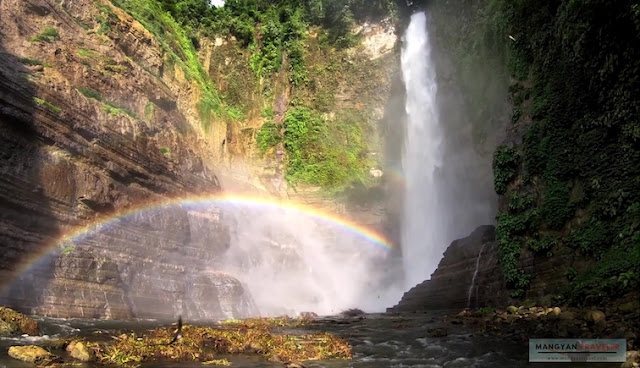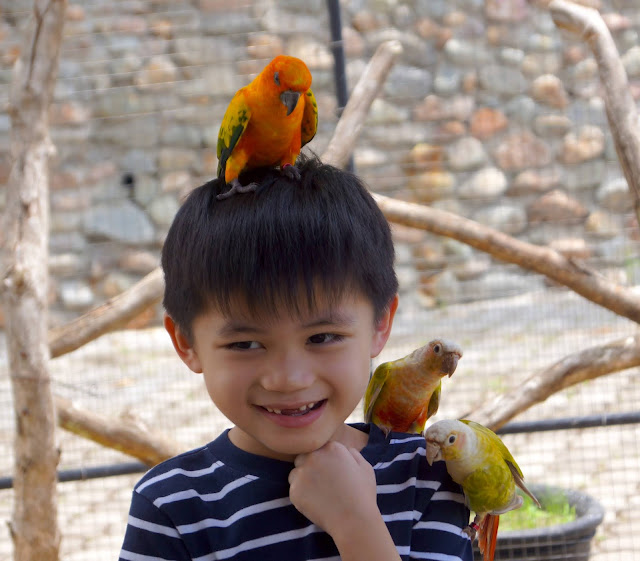Senator Ninoy Aquino (SNA) or famously known as Culaman is a small town withinside the province of Sultan Kudarat, Philippines. Located in the southern part of the province, it is famous for its vast agricultural areas and natural attractions. Culaman's history dates back to pre-colonial times when it was inhabited by various indigenous groups including the T'boli and Manobo.
Kulaman is a region of the Philippines known for producing high-quality Arabica coffee beans. The area is in Sultan Kudarat Province, which is part of the larger Mindanao Island. The coffee produced in Kulaman is grown at high altitudes, which helps give the beans their distinctive flavor profile. The climate and soil conditions of the region also contribute to the quality of the coffee.
Kulaman coffee is often described as having a smooth and balanced taste with hints of chocolate and fruit. It is typically medium to full-bodied and has low acidity.
The local coffee industry in Kulaman has been growing in recent years, and many farmers and cooperatives are working to improve the quality of their crops and establish direct business relationships with buyers. As a result, Kulaman coffee is becoming more prominent in the specialty coffee world and gaining popularity among coffee lovers.
Brief Background
The region was later colonized by the Spanish and later became part of the province of Cotabato. It was not until 1973 that Sultan Kudarat was established as a separate province and Culaman as one of the municipalities. Currently, Culaman's economy is mainly based on agriculture, with rice, corn, and coconut being the main crops.
The community is also known for its scenic natural attractions, including the scenic Pulangi River, Matampay Spring, and the T'boli Museum, which showcases the traditional T'boli crafts and way of life. Visitors to Culaman can enjoy a variety of outdoor activities such as hiking, camping, and rafting.
The community also celebrates its annual founding anniversary on September 16 with colorful street parades, cultural performances, and food markets.
Things to Do in SNA
- Discover the wonders of nature - Culaman is blessed with an abundance of natural beauty, from lush forests to majestic waterfalls. Discover Tinalon Falls, Buluan Island, and Butilen Mountain Range for a breathtaking adventure.
- Visiting Cultural and Historical Sites - Culaman has a rich cultural heritage that is well preserved in its historical sites.
- Visit the Kulaman Plateau, believed to be the site of the ancient kingdom of Kulaman.
- You can also visit the San Isidro Labrador Church, a 17th-century church that has been designated a National Treasure by the National Museum of the Philippines.
- Explore the local cuisine - Culaman is famous for its delicious local specialties such as sweet peanuts, pastil (rice wrapped in banana leaves) and titagtag (a cassava sweet). Join local fiestas - Culaman celebrates several fiestas throughout the year, such as that of St Isidore, the town's patron saint, celebrated in May each year.
- The festival features a parade, cultural performances, and street dances.
- Trekking and Hiking - Culaman is surrounded by beautiful mountains and forests that are perfect for trekking and hiking enthusiasts.
- The Kulaman Plateau, the Butilen mountain range, and nearby Mount Matutum are popular destinations






